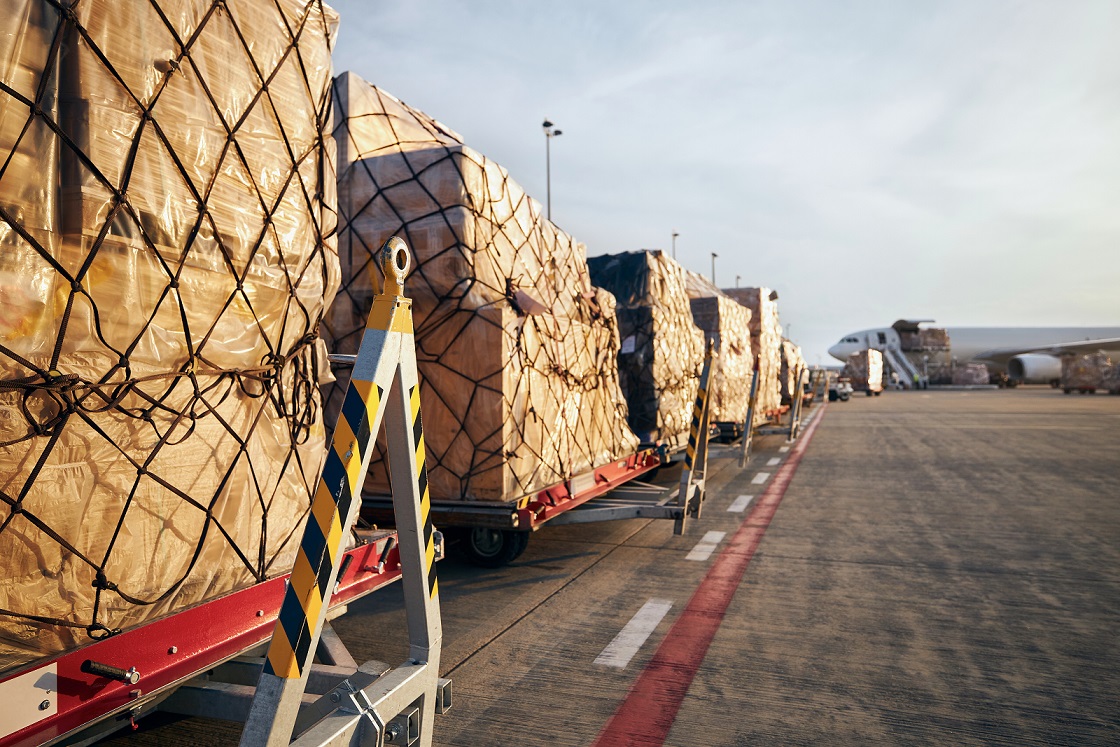What impact will the Border Target Operating Model have on airfreight?
05 / 01 / 2024

Photo: Jaromir Chalabala/ Shutterstock
The Border Target Operating Model (BTOM) will be rolled out this year, but there is still a lack of clarity from the UK government over how it will work.
The BTOM will see new security and Sanitary and Phytosanitary controls apply to goods imported from the European Union (EU) in a phased introduction from January 2024.
But what are the core components of the BTOM, and the challenges and opportunities that lie ahead as the model goes live?
A post-Brexit arrangement, the BTOM is designed to streamline import processes for goods arriving in the UK, while enhancing national and cargo security and ensuring compliance with laws governing the safe and proper importation of goods.
The arrangement marks a significant change in customs and border procedures, and all those working within this area of airfreight operations must be prepared for the implementation of the model.
Due to go live on January 31, the first BTOM implementation phase will include the introduction of health certification on imports of medium-risk animal products, plants, plant products and high-risk food and feed of non-animal origin from the EU, as well as full customs controls for non-qualifying Northern Ireland goods.
Phase two, the introduction of documentary and risk-based identity and physical checks on medium-risk animal products, plants, plant products and high-risk food and feed of non-animal origin from the EU, will be introduced on April 30.
The date for the final phase, the introduction of Safety and Security Controls on imports into Great Britain from the EU and the rest of the world, will take effect from October 31.
Key challenges and opportunities
Significant details are omitted from the model in its current form, including information on how the groupage model will work and what Common User Charge government will impose at its Border Control Posts; there is still much for the government to confirm, and the implementation dates are fast approaching.
Logistics UK will continue to press for these urgent details as well as highlight the challenges surrounding the short timelines given that adaptation of business operations and models, including developing, testing, and putting into operation new IT systems, will take a minimum of six to 12 months.
This technological integration will present a key challenge for businesses and could contribute to short-term disruption before these new processes are up and running and performing at optimum levels. Adjusting to and implementing new controls will be a steep learning curve for all those affected.
However, it is not all doom and gloom; in the medium to long term, we are likely to see improvements in border operations owing to the new model. This includes enhanced efficiencies compared to the pre-BTOM processes, opportunities to reach new markets, and increased competitiveness.
As border operations become more efficient, the overall cost of logistics decreases, making airfreight a more attractive and cost-effective option for businesses.
This increased competitiveness has the potential to stimulate innovation within the industry, prompting companies to invest in new technologies, sustainability measures, and customer-centric services to stay ahead in the rapidly evolving landscape.
Moreover, the positive ripple effects of improved border operations extend beyond just airfreight companies. The entire supply chain stands to benefit from streamlined customs processes, reducing the likelihood of delays and disruptions.
Manufacturers, exporters, and importers can plan their logistics more effectively, knowing that border operations are becoming more reliable and efficient. And, as a result, long-term expansion and competitiveness in the airfreight business are anticipated as a result of the significant changes brought about by the BTOM.
Airfreight operations are complex and individuals working in this field are well-versed with dealing with change and challenges; adaptability comes as a second nature.
The industry will continue to work together to ensure the smooth flow of goods in the face of this next set of challenges.














